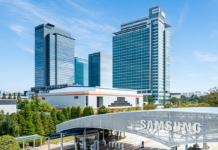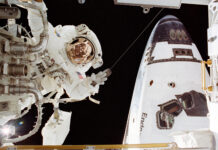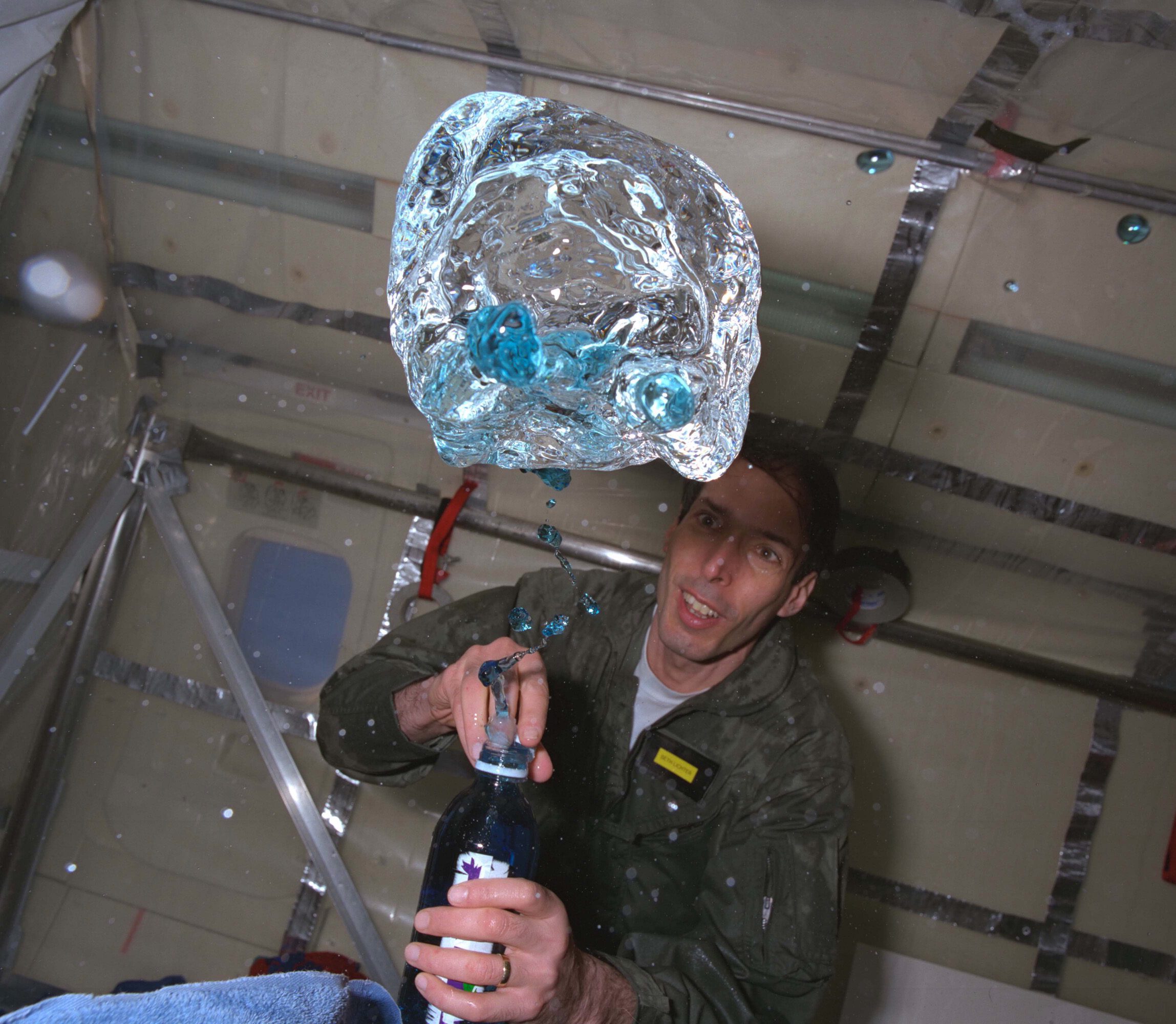In the world of aviation research, few experiences are as exhilarating and scientifically rewarding as the microgravity flights conducted by NASA in the 1990s. Imagine yourself aboard a large aircraft, the DC-9, as a bell rings and a strobe light flashes. The pilot skillfully maneuvers the plane, pulling its nose sharply upwards. This causes a rapid shift in gravitational forces, doubling the normal pull of gravity, drawing researchers firmly to the cabin floor. As the plane reaches the peak of its arc, the flight test director excitedly announces, “We’re over the top!”
In an instant, the pressure inside the aircraft drops, and it begins to descend in freefall. For the next 20 to 25 seconds, the researchers aboard experience a sensation akin to floating in space. Objects and people not secured drift effortlessly, allowing scientists to conduct their experiments in a unique microgravity setting. Once the bell rings again, signaling the end of this weightless phase, the pilot stabilizes the aircraft to resume normal flight conditions, and gravity takes its hold once more.
This method of flying in a series of parabolic maneuvers enables the simulation of weightlessness on Earth. Back in the 1990s, NASA’s Lewis Research Center, now known as NASA Glenn, utilized this technique with their DC-9 aircraft. These flights offered scientists an extraordinary opportunity to explore the behavior of fluids, combustion processes, and material properties in a microgravity environment.
Going back to the 1960s, NASA Lewis initially employed a North American AJ-2 aircraft to execute similar parabolic flights. These flights were aimed at studying how liquid propellants behaved under low-gravity conditions, a crucial area of research for space exploration. Over time, the scope of microgravity research expanded to include combustion and materials testing.
The introduction of the space shuttle in the early 1980s marked a significant period for microgravity research. NASA Lewis was well-positioned to lead these efforts, providing scientists with the tools to test their experiments on Earth before they were sent on extended missions aboard the shuttle. To facilitate this, engineers at Lewis modified a Learjet to conduct microgravity test flights, accommodating both a single experiment and a researcher.
By 1990, it became evident that NASA Lewis required a larger aircraft to cater to a growing number of experiments and to allow for free-floating tests. The decision was made to utilize the McDonnell Douglas DC-9, an economical choice that could be adapted for these specialized missions. The opportunity arose when NASA took over a DC-9 on lease from the U.S. Department of Energy.
In the fall of 1993, 50 prospective users of the aircraft convened at NASA Lewis to discuss the necessary modifications for their research needs. By October 1994, the DC-9 arrived at Lewis, configured for standard passenger use. Over the following months, technicians at Lewis undertook significant modifications. They stripped most of the passenger seats, reinforced the floor and ceiling, and equipped the aircraft with new power, communication, and guidance systems. Additionally, a large cargo door measuring 6.5 by 11 feet was installed to facilitate the transport of sizable equipment.
The acquisition and modification of the DC-9 solidified NASA Lewis’s status as a leading institution in microgravity research. The Space Experiments Division was expanded, the 2.2-Second Drop Tower and the Zero Gravity Facility were upgraded, and a dedicated Space Experiments Laboratory was established to centralize microgravity activities.
In collaboration with industry partners and academic institutions, NASA Lewis researchers designed and tested experiments for potential space shuttle or space station missions. The DC-9 could carry up to eight experiments and support 20 researchers on each flight. These flights explored various phenomena, including space acceleration measurements, capillary pump loops, bubble dynamics, thin film liquid rupture, materials flammability, and flame spread. The interactive nature of these experiments allowed researchers to gain invaluable insights through direct observation, often so engrossed in their work that they barely noticed the sensation of floating.
The DC-9 was operational every other week, providing ample time for the installation of experiments and necessary aircraft maintenance. These flights operated out of Cleveland Hopkins International Airport, utilizing restricted airspace over northern Michigan, and could involve up to 40 parabolas in a single mission.
The lease for the DC-9 concluded in the late 1990s, and NASA returned the aircraft to its owner. Between May 18, 1995, and July 11, 1997, the Lewis microgravity flight team conducted over 400 flight hours, executed more than 70 trajectories, and completed 73 research projects. This period was instrumental in advancing hands-on microgravity research on Earth and preparing experiments for space missions. The DC-9 played a pivotal role in expanding the knowledge base of microgravity science and reinforced NASA Lewis’s expertise in this area.
NASA Glenn, as Lewis is now known, continues to be at the forefront of microgravity research. The center supports experiments on the International Space Station aimed at enhancing crew health and improving spacecraft fire safety, propulsion, and propellant research. NASA Glenn also houses two microgravity drop towers, including the Zero Gravity Research Facility, which serves as NASA’s premier ground-based laboratory for microgravity research. These facilities continue to contribute to advancements in space science, showcasing the enduring legacy of NASA’s microgravity research efforts.
For more information, you can explore NASA Glenn’s official resources and facilities through their website.
For more Information, Refer to this article.
































